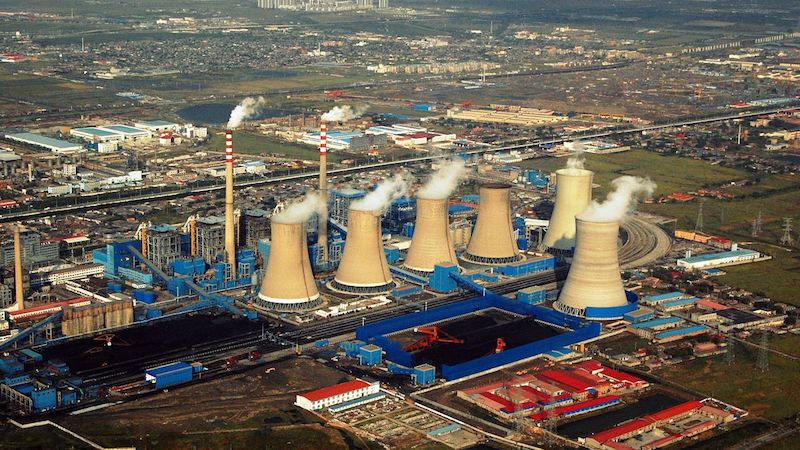Much hype surrounds China’s national carbon market. Expected to begin later this year, the cap and trade system has been ballyhooed as an “ambitious” climate policy that will deliver a major portion of Beijing’s pledge to the Paris Agreement.
This narrative makes intuitive sense in the current political times. As the US federal government abdicates its responsibility to combat climate change, we are eager to fill the void in what we perceive as climate leadership. And for those following the arduous, halting history of carbon pricing, China’s plan offers hope that such policies can indeed make a big difference.
But China has released limited information about the market’s most essential design features. It is an open question whether its carbon market will rectify or repeat the failures of similar policies around the world.
The excitement often revolves around the plan’s unprecedented scale. China is building a carbon market that will at first likely include three of its major industries – aluminium, cement and coal power. Thus, it will cover yearly emissions of around 5 billion tons of CO2. This is more than twice the size of the European market, currently the world’s largest. Building a carbon market of this size in China, where emissions have gone unmeasured until now, is indeed remarkable.
Climate Weekly: Sign up for your essential climate news update
Yet, to applaud it for its sheer size and complexity is to lose sight of the fact that a carbon market is nothing more than a means to an end. Instead, we should measure it against what it is trying to accomplish. Its purpose is to mitigate climate change, and more specifically for China, improve local air quality and usher a transition to a more energy efficient economy.
Creating a carbon market will not by itself advance China toward these goals. The details of how the policy is designed will ultimately determine its effectiveness. In other countries, carbon markets have had limited success due to both inadvertent design failures and lack of political will.
Virtually all carbon market architects around the world have issued too many pollution permits. The carbon prices generated by these markets have been too low, and sometimes volatile, to drive decarbonisation. This was in part due to poor design. But best practices have emerged. For example, California and the UK built robust carbon markets by adding carbon price floors.
Politics has also been responsible for the lacklustre performance of carbon markets. Due to knee-jerk aversions to anything that looks like a tax, there are often political constraints on how high a carbon prices can be. That is also why carbon markets have had a weak influence on emissions relative to other policies. Climate policy makers have chosen to reduce emissions primarily through “second-best” instruments with costs that are more indirect and diffuse, such as clean energy standards.
It remains to be seen whether the architects of China’s carbon market will overcome these political and policy challenges. Most importantly, China has yet to release information about how stringent the emissions cap will be. This will determine the level of the carbon price and the amount of climate change mitigation that the policy is intended to deliver.
Another critical question is whether and how China will manage the carbon price over time. Will there will be a price floor or some other mechanism to regulate the amount of permits available? These details will dictate how stable and predictable the carbon price will be, and thus whether it will effectively influence investment decisions. The ways in which the carbon price is managed will also affect how well this instrument will interact with other Chinese climate policies.
Information is also sparse on how pollution permits will be distributed. A draft allocation plan from May suggests that permits will be given out for free. In this case, it is unclear whether China will manage to prevent free allowances from becoming a source of windfall profits for emitting industries, as they have in Europe.
The answers to these and other questions will tell us whether China’s carbon market is in fact ambitious. Calling it that without evidence of potential effectiveness is a sign of a low standard for what constitutes good climate policy. We need to ask more of each nation’s climate plan. Only then will we uphold the peer review spirit of the Paris Agreement.
Emil Dimantchev (@EDimantchev) is a climate policy researcher currently working at the Massachusetts Institute of Technology. He has previously worked as a senior carbon market analyst at Thomson Reuters.
